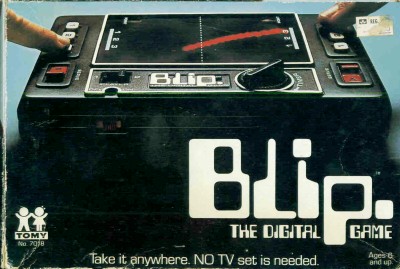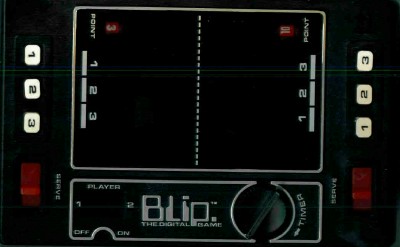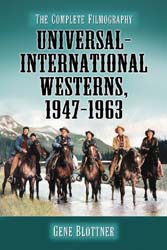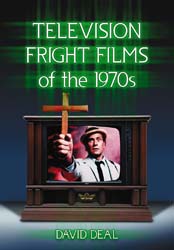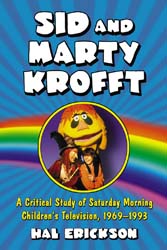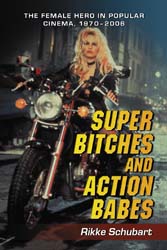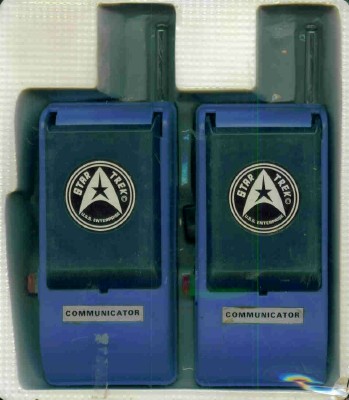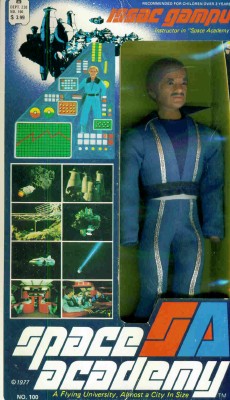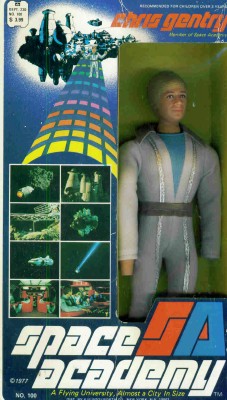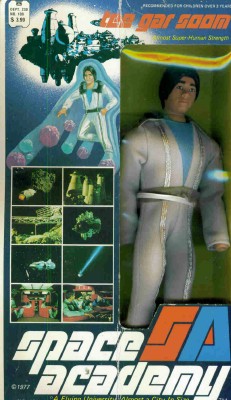 (Here's a special treat: composers Cesar Gallegos and Mateo Latosa have submitted a a piece on scoring my online series, The House Between! Thanks guys for sending this in!)
(Here's a special treat: composers Cesar Gallegos and Mateo Latosa have submitted a a piece on scoring my online series, The House Between! Thanks guys for sending this in!)
Production Diary: Scoring “The House Between”
By César Gallegos/Mateo Latosa
Tone
Our discussions with the director, John Kenneth Muir, during the pre-production phase gave us a good idea of what he was looking for in terms of a score. The overall tone of THB was described to us as mysterious, apprehensive, mournful, and strange.
John was very clear that despite the series’ science fiction trappings, that he didn’t want an electronic (spacey) score. Rather he wanted the instrumentation to feature traditional acoustic instrumentation and for the series to be scored as a drama.
We understood his sentiments, though we knew that this would prove, for the most part, impossible given the limitations we faced. However, we also knew that an electronically created score using samples of acoustic instruments would provide us with a workable alternative.
Ironically, during our first recording session, in which we laid down seven “demo” tracks (including "Ominous," "Sad Chords," "After the Death," "Waiting," Introspection," and "Wistful Thinking") —to give John a sense of our style and approach to scoring the series—the piece he liked most was the one we had been convinced he’d reject ("Sad Chords") because of its use of undisguised electronics. In fact, this piece became the very first one he used (in Trailer #1). As well, the other pieces recorded during this initial session were used on the rest of the trailers and throughout the series.
Character Themes
In most scores, themes will be written for each of the major characters and often for particular locations as well. The score to THB is no exception. Sometimes a generic cue was chosen by the director as a particular character’s theme, for example Astrid’s theme ("Introspection"). Other times, we’d compose a theme based on our perception of the character (Arlo). The rest of the character themes were written to fit the needs of the director. John would send us an email with a description of what feelings a theme should evoke, and we’d get to work.
Purposed Music
Scoring a film or a television show presents the composer, simultaneously, with an inspiration for creativity and limitations on it. Each cue has a purpose to fulfill. It has to underscore the emotional or physical beats of a scene. As well, cues often have pre-determined lengths, which limits our ability to fully develop and resolve musical themes.
Often we had to turn away from musical directions that beckoned… Nevertheless, it became a challenge to think economically, to push ourselves to get each cue to work to work its magic quickly.
Throughout the process we kept reminding each other that, indeed, less is more. Layering on instrument after instrument would only detract from a cue’s ability to fulfill its purpose—concisely—often in only seconds. As well, a score must walk the tightrope between underscoring what is on the screen without, at the same time, drawing too much attention to itself and overpowering the images.
The Process
Similar to the Japanese practice of composing music for “Image” albums, where a preliminary score is produced to storyboard images and discussions with the director, prior to filming we started work on scoring THB with only our conversations with John as a guide. The two alternate (rejected) main title themes were written during this time.
The next step, upon receipt of rough cuts of the first three episodes, was to record a number of demo tracks (as discussed above). These demos were tracked on the pre-launch trailers and one of them was used as the Main Title for Episode #1: Arrived ("Wistful Thinking").
Subsequently, John would send us detailed notes for the cues he wanted for the episodes with specific times and a breakdown of the onscreen emotional and physical beats. We were literally composing to email! Normally, a composer would have a “click-track” to work to, which allows the composer to see the scene he is scoring and note to a fraction of a second the emotional and physical beats so as to allow him to tailor his cues precisely. Must be nice.
Despite this, every episode of THB has its own score. Considering that the original plan had been to utilize library music for the series, this gave THB (we hope) a distinctive and unique musical flavor.
One interesting thing is the way in which the filmed sequences and the score affected each other. When a sequence was filmed and edited into its final form, we would receive precise instructions as to the length of the needed cue and the physical beats to be underscored. But when we got ahead of the editing process and scored an as-yet-unedited sequence, John would occasionally edit the sequence to fit the music. Though not unheard of, this is not standard practice. Most films are scored after the final cut. In a sense, the director allowed the internal logic and structure of the music to guide him editing choice.
Equipment and Instrumentation
The score was recorded at Mardelante Studio using the following equipment and instrumentation: Sony VAIO VGC-RA826G, Toshiba AE35-S159, Mexican Fender Stratocaster with Roland MIDI Pickup (w/ Ernie Ball Super Slinky Strings, a Fender medium-gauge pick, and a jar of capers), a Ceremonial Mexica prepared Conch Shell from Cancun, Mexico, Alesis S4 Quadrasynth, Yamaha Portable Grand DGX-505, Roland GR-33 Guitar Synthesizer, Roland ED UA-100G Audio/MIDI Processing Unit, Jose Ramirez Classical Cutaway Guitar, PG Music Power Tracks Pro-Audio Version 8.0 Sequencing/Mixing Software, Finale Notebook, Samson R11 Microphone, and Windows Media Player Version 10.0 and one human voice. The recording itself is a mixture of analog and digital elements.
Composition
Despite having two composers scoring the series, we worked as a single unit, bouncing ideas off one another, taking turns at the performance and engineering tasks. The word “compromise” never entered our minds—to be quite frank—we’d work out the melodies, chord sequences, keys, patches, and overlays with a spirit of experimentation and openness, each suggestion taking the pieces in new directions. There isn’t a single cue in THB that doesn’t have creative input from both of us.
In the creation of each piece, rather than just composing music that will “fit”, it was more like scoring for the emotion we wanted to portray. Once we “felt” the emotion we needed to underscore—then the music flowed. Composition was an intuitive process separate from theoretical considerations. This made the music “work”. It was encoding emotions into sound using the tools available. There was a joy in doing it. Certainly, we’d show up with chord sequence sketches and melodic notation. But that was just the starting point. We’d talk over each scene, throw out ideas, experiment, play music, turn the process on its head and then go to lunch. Creating the music for THB was a social experience. We felt no monetary pressure…or in other words that pressure was equivalent to our budget. This fact, combined with John’s immediate and positive feedback allowed us the freedom to try new things and methods without worry. It was a very satisfying experience. Like a sanctuary from the everyday world.
Final Thoughts
We are grateful to John for asking us to score THB and as much as we are glad to have finished (whew!), we are happy with the work we’ve produced. We’d been looking for a creative project on which to collaborate for years and are proud to have contributed our small bit of sonic atmosphere to The House Between.
Gracias
We’d like to thank our families for their patience and encouragement, especially Debee and Tonalli. Also, we’d like to thank our friends for musical and technical advice: Bill Latham, Phil Merkel, John and Kathryn Muir. Finally, we’d like to thank the actors for bringing life to John’s characters and for making them “resonate”. From a composer’s perspective, that is very important indeed!
 Well, it's about thirty minutes after midnight as I begin this post, and now I can say that the pre-production stage of The House Between Season Two is officially over. Now...we're into the actual production!!!! Yay!
Well, it's about thirty minutes after midnight as I begin this post, and now I can say that the pre-production stage of The House Between Season Two is officially over. Now...we're into the actual production!!!! Yay!

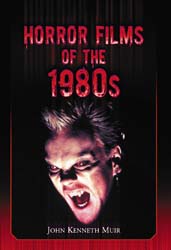

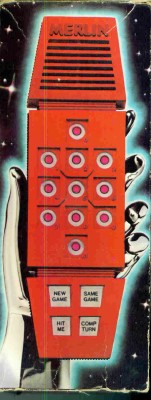

 INDBENDER: Discover the computer's mystery number. This game of logic is the ultimate challenge - to win you'll have to read MERLIN's mind."
INDBENDER: Discover the computer's mystery number. This game of logic is the ultimate challenge - to win you'll have to read MERLIN's mind."
